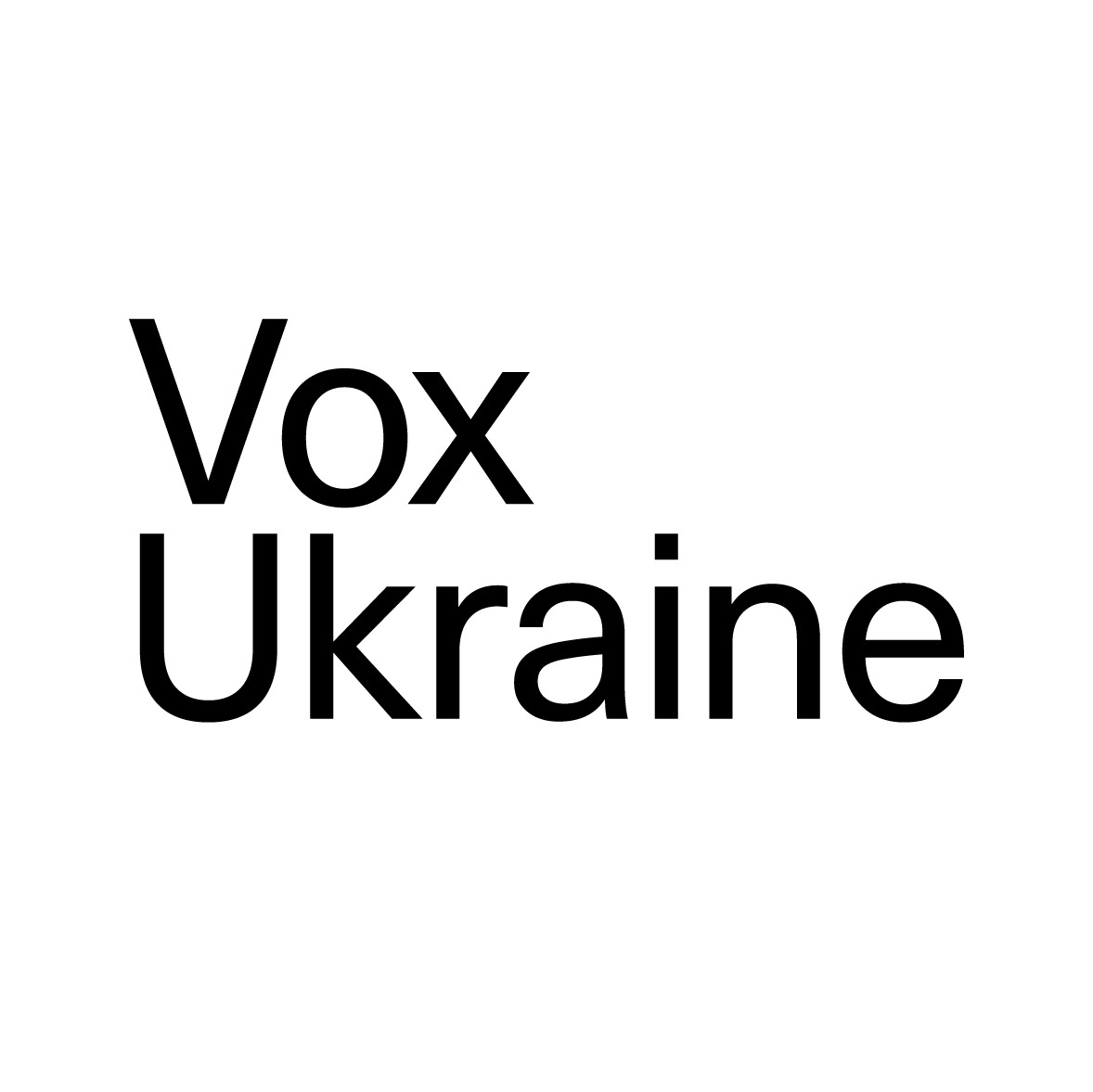On September 12, the EU announced that provisional application of the Association Agreement between Ukraine and the European Union will be postponed till 2016. This decision was a result of tripartite ministerial meeting of the EU, Ukraine and Russia aimed to resolve Russia’s trade concerns regarding allegedly negative impact of the EU-Ukraine DCFTA on Russia’s economy.
What does it mean for Ukraine? Let’s consider key points of the arrangements.
- Ratification first – flexibility next. The arrangements come into force in the case of ratification of the Association Agreement. According to the Joint Ministerial Statement “… the Commission is ready, in the event that Ukraine ratifies the Association Agreement with the EU, to propose additional flexibility.” It is important as it means that there will be no changes in the text of the Agreement, and the ratification – i.e. irreversibility of the Agreement – is a precondition for any temporary concessions.
- EU market remains open. The EU will prolong autonomous trade preferences for Ukraine till 31 December 2015 thus providing the Ukrainian exports free-market access for majority of products. Autonomous trade preferences replicate the schedule of trade liberalization envisaged for the first year of the implementation of the Association Agreement and set duty-free regime for 95% of industrial products and 84% of agricultural goods, and duty-free tariff rate quotas for the rest of agricultural goods. It is definitely beneficial for the Ukrainian business currently reorienting its export flows from Russia towards the EU. According to the State Statistics Service of Ukraine, exports to the EU grew by 14.9% yoy in the first half of 2014, while exports to Russia dropped by 23.3% over the same period.
- Ukraine’s business gets extra time to improve competitiveness. The delay in the implementation of the DCFTA provides the Ukrainian business with additional time to get ready to trade liberalization and intensified competition on the domestic market. However, we should understand that sharp devaluation of hryvnia has already provided much more serious shield for the domestic market compared to delay in gradual elimination of import duties, the average level of which is currently about 4%.
- Russia committed to adhere to the CIS FTA. According to the Joint Ministerial Statement, “…Russia and Ukraine confirm that they will continue to apply the CIS-FTA preferential regime”. This commitment reduces the risk of revocation of duty-free regime for Ukrainian exports to Russia. In July, Russia published draft regulation envisaging the increase of import duties to the MFN level for selected categories of Ukrainian exports. The regulation was expected to be enacted after ratification of the DCFTA. Now probability of its introduction is much smaller. Also, Russia should not be able to refer to Annex 6 of the CIS FTA as there is no free-trade regime for the EU exports to Ukraine. However, non-tariff rather than tariff barriers have always been major trade impediments in exports to Russia. Likelihood of continued ad-hoc barriers on exports explained by alleged violation of TBT or SPS requirements remains high.
- Major risk is postponement of reforms. Key feature of the Association Agreement is harmonization of the Ukrainian legislation with the EU acquis. It should ensure not only better quality of the Ukrainian legislation, but also its proper implementation – hence, improvement of investment climate in the country. Postponement of the provisional application of the Association Agreement means that the implementation schedules embedded in the Agreement are shifted and there is less international pressure for reforms. Definitely, reforms can and have to be continued for the sake of Ukraine itself, but one of the ‘sticks’ is temporary removed creating risk of delay.
- Additional time for Russia’s pressures. The delay of provisional application and continuation of tripartite talks create additional space for Russia to bargain further concessions and delays in the implementation of the Association Agreement. This risk is amplified by unstable political environment in Ukraine.
Hence, we would wrap up that in the economic terms the delay in implementation of the Association Agreement might have a moderate positive effect for war-torn Ukrainian economy, although the risks, namely the reform stalemate and continued Russia bullying, should not be underestimated.
The political implications of this decision are harder to interpret, especially as no much information on the negotiations is available yet. The optimists could take a view that Russia should now be appeased by the delay in agreement implementation and stop meddling into the Ukrainian affairs. So, in other words, it provides a face-saving exit for the President Putin, which got at least part of what he wanted, while at the same time will avoid further sanctions to be imposed on the already weakening Russian economy.
However, there could be also an alternative, less rosy, view. It’s pretty clear that the ultimate goal of Russian leaders is to retain Ukraine in its sphere of influence, while the delay in implementation of Association Agreement does not change Ukraine’s external orientation vector. Moreover, this decision could be considered by Russia as a sign of weakness (first of all on the EU side) and it might try to build up on this success by increasing the pressure on Ukraine by different means.
Attention
The authors do not work for, consult to, own shares in or receive funding from any company or organization that would benefit from this article, and have no relevant affiliations




